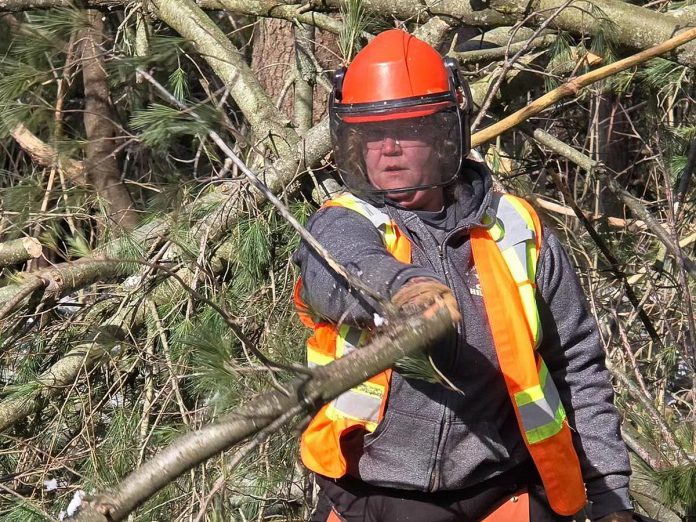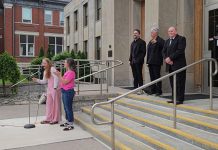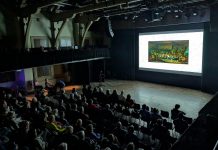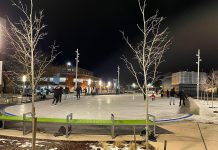
While it saddens Kristie Virgoe to see the havoc the historic ice storm has had on some of Kawartha Conservation’s conservation areas, she has also seen some beautiful moments emerge in the aftermath.
Kawartha Conservation is currently working “with limited resources under challenging conditions” to restore access to both Ken Reid Conservation Area near Lindsay and Windy Ridge Conservation Area near Omemee following the storm that caused widespread damage to both properties.
The storm brought down trees and tree limbs throughout the two conversation areas, blocking trails and creating hazardous conditions.
Restoration efforts are ongoing but several trails remain inaccessible due to fallen trees and debris, Kawartha Conservation noted in a media release. Crews continue to work as safely and efficiently as possible.
Virgoe, who is Kawartha Conservation’s interim director of planning and development services, shared some of her thoughts with kawarthaNOW about the impact and significance of the storm over the final weekend in March that caused so much damage to communities across the Kawarthas region.
“Clean up takes time and energy and that’s difficult, especially when our community is also dealing with property damage and a disruption to their normal day-to-day routines,” Virgoe said. “Change is hard — sometimes with climate change, change can also be quite violent.”
“Staying positive can sometimes be difficult. But even though our parks are devastated, and the damage hurts my heart, I’ve seen some pretty beautiful things in the forest this past week, not the least of which is the way our team and community has come together to help each other out — sharing a joke, lending a hand, and treating each other with kindness.”
Ken Reid Conservation Area is scheduled to reopen to the public on Monday (April 14), but with limited access. Windy Ridge Conservation Area is expected to reopen on Thursday (April 17), also with limited access.
“This was a historic weather event that did a significant amount of damage to our forests and trails,” Virgoe said. “It will take months to fully recover.”
In a Facebook post on April 3, Virgoe said she visited Ken Reid Conservation Area “to see my old friend, the oak,” only to be shocked by the damage.
“This giant has been standing longer than Canada has been a country,” she wrote. “I was defeated to see how almost every leading limb has been snapped off. I wasn’t sure my heart could break any more, but today it did.”
Despite the damage, Virgoe — who is also a certified forest therapy guide — said the popular forest therapy sessions she leads at Ken Reid Conservation Area will continue in the future.
“Forest therapy is a way of connecting to the forest,” she said. “I will definitely continue to provide these walks into the future.”
Noting she knows “the forests here at Ken Reid quite well,” Virgoe says the benefits of the walks are not diminished by the damage to trees.
“It’s heartbreaking to see some of the iconic trees destroyed, but the forest is still quite resilient and strong. I never walk into a forest and look for something that isn’t there. I go to the forest to rest, to find peace and solace. Those things are still there.”
In the meantime, crews continue their work to reopen more areas in the conservation areas in the days and weeks ahead. Visitors are asked to respect trail closures and posted signage for their own safety.
Kawartha Conservation said staff remains available by phone or email to assist with planning, permitting, stewardship, and other inquiries, and encourages community members to reach out for support or information related to conservation programs and services.
For updates, community members can visit www.kawarthaconservation.com.


























